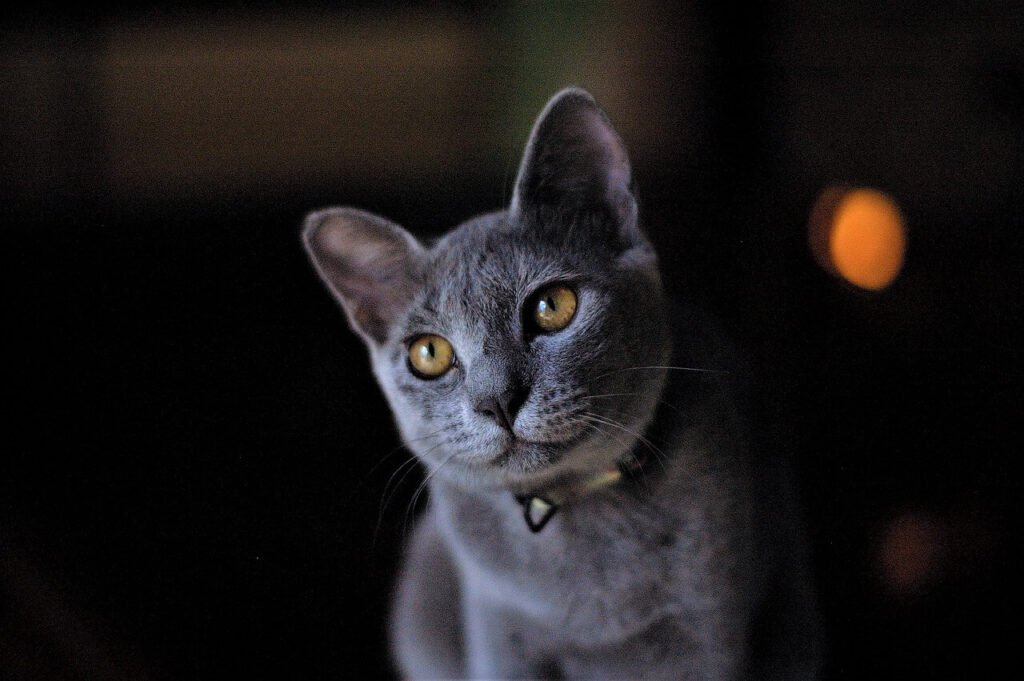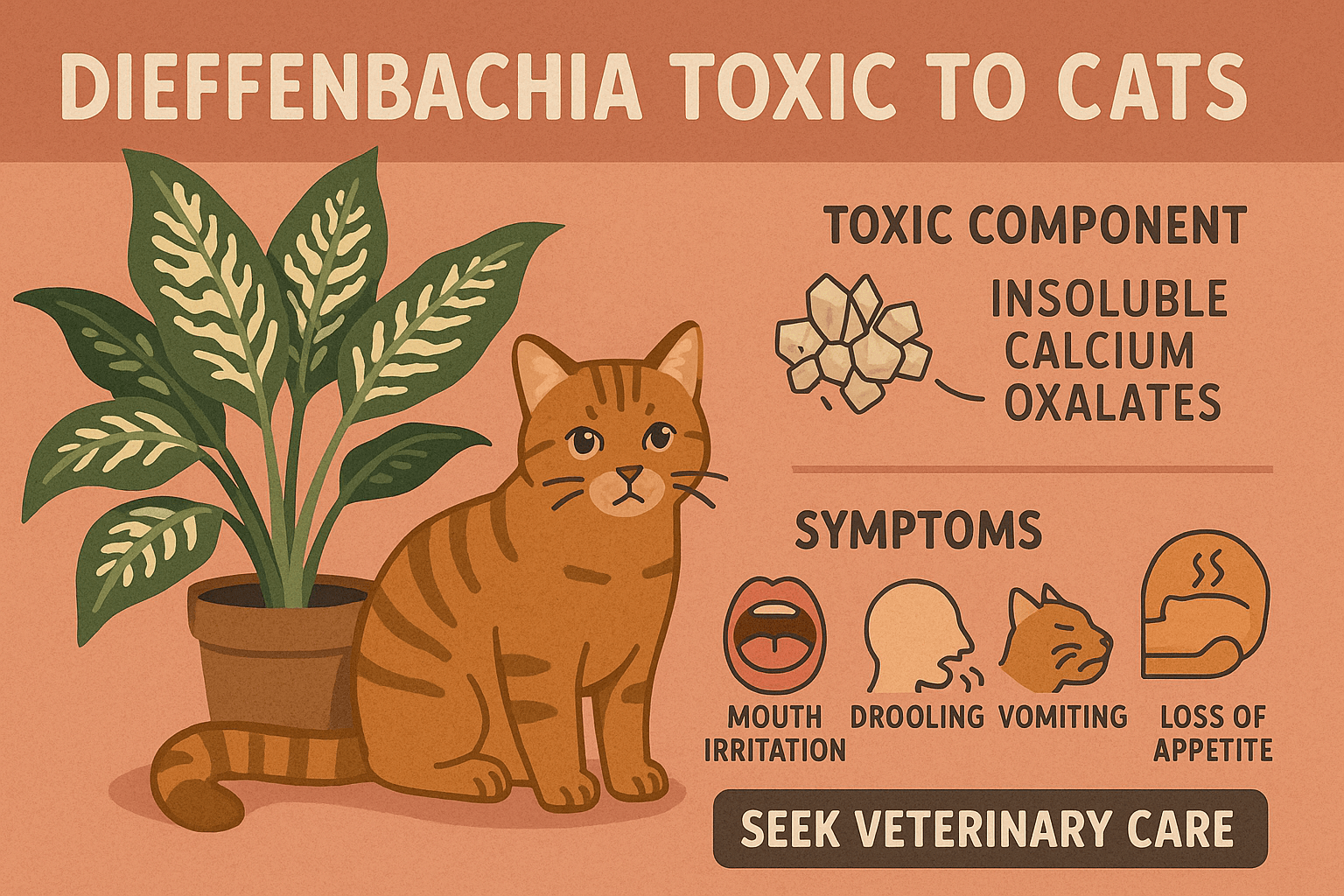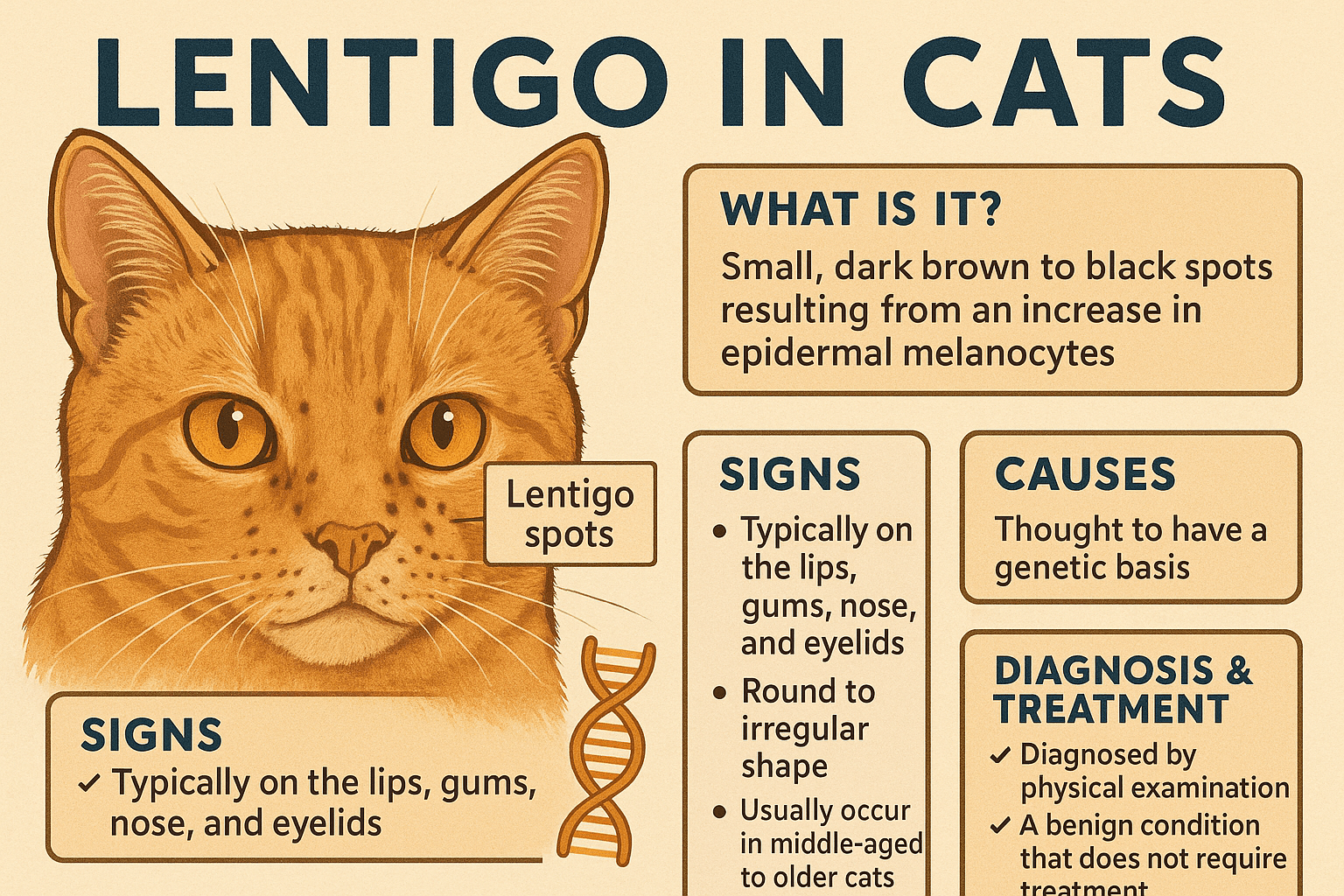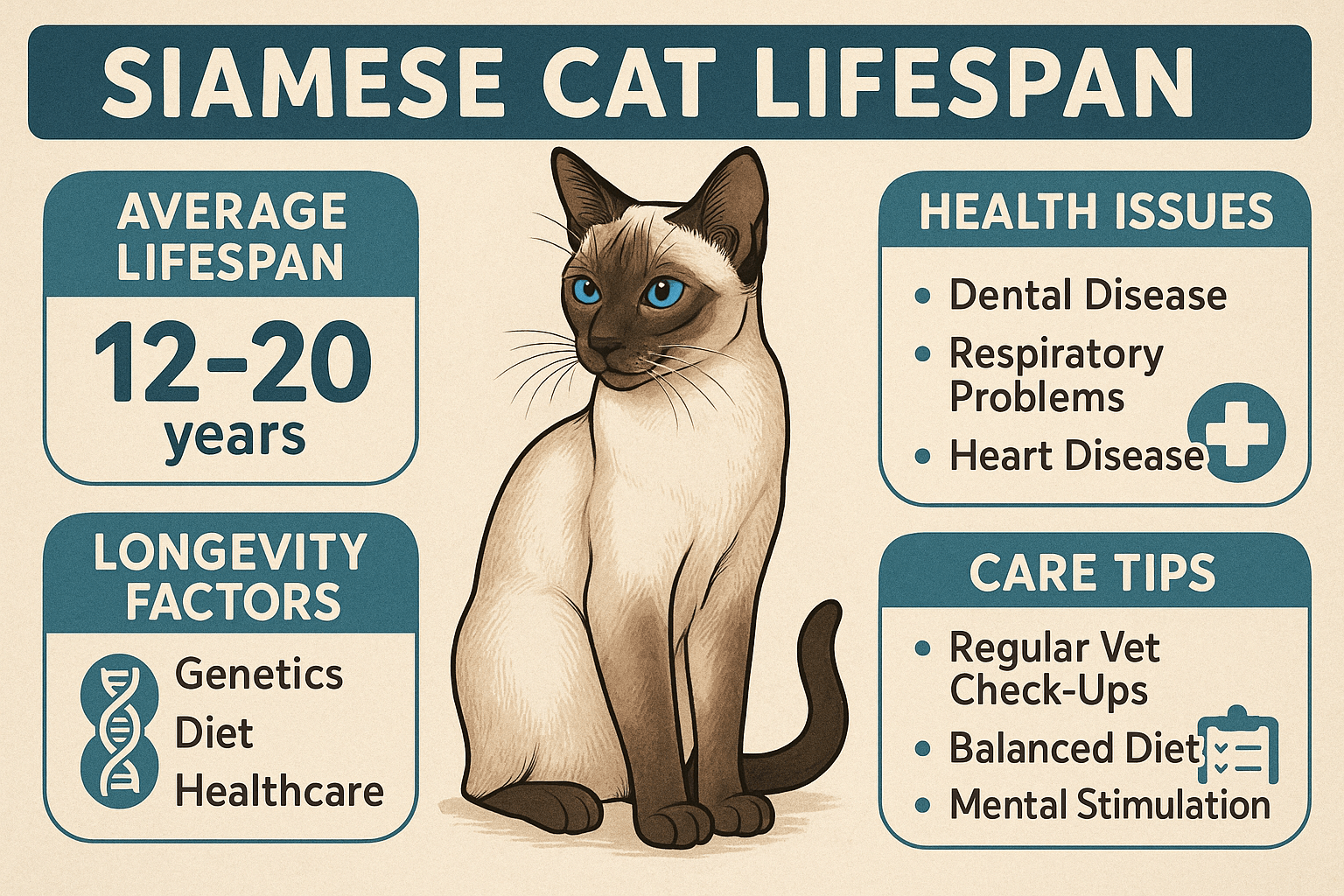Pregnant Cat Has Bloody Discharge: What You Need to Know
If you notice bloody discharge from your pregnant cat, it’s natural to feel alarmed. While some vaginal discharge can be normal during pregnancy, the presence of blood may indicate a potential issue that requires immediate attention. Whether it’s a sign of complications like miscarriage, infection, or something less serious, understanding what’s happening is crucial for ensuring the health and safety of both your cat and her unborn kittens. In this guide, we’ll explore the possible causes, symptoms to watch for, and steps you can take to address this situation responsibly. Always remember, when in doubt, consulting your veterinarian is the best course of action.
Possible Causes of Bloody Discharge in Pregnant Cats
Bloody discharge during pregnancy can stem from various causes, ranging from normal physiological changes to serious medical conditions. Here are some common possibilities:
Implantation Bleeding : Early in pregnancy, light spotting may occur as embryos attach to the uterine lining.
Miscarriage or Spontaneous Abortion : Heavy bleeding could signal the loss of one or more kittens, often accompanied by other signs like lethargy.
Uterine Infection (Pyometra) : A severe bacterial infection in the uterus can cause bloody discharge and requires urgent veterinary care.
Placental Issues : Problems with the placenta, such as detachment, may lead to bleeding and endanger the pregnancy.
Trauma or Injury : Physical injuries to the abdomen or reproductive tract can result in bloody discharge.
Understanding these potential causes helps you assess the situation and seek appropriate care for your cat.
Signs That Indicate Your Pregnant Cat Needs Immediate Veterinary Attention
While some discharge may be harmless, certain symptoms accompanying bloody discharge warrant an emergency visit to the vet. Here’s what to look out for:
Heavy or Prolonged Bleeding : Excessive blood flow is a red flag and should never be ignored.
Lethargy or Weakness : If your cat seems unusually tired or unresponsive, it could indicate a serious problem.
Loss of Appetite : Refusal to eat or drink may signal discomfort or illness.
Fever or Chills : Elevated body temperature or shivering can point to infection or systemic issues.
Abdominal Pain or Swelling : Signs of pain, such as vocalizing or reluctance to move, require prompt evaluation.
If you notice any of these symptoms alongside bloody discharge, contact your veterinarian immediately to ensure your cat receives timely treatment.
Check this guide 👉Cat Eye Discharge Green: Best 7 Health Tips!
Check this guide 👉Cat Eye Discharge Red: Best 7 Health Tips!
Check this guide 👉Understanding Brown Cat Eye Discharge: Best 7 Health Tips!

Normal Pregnancy Signs in Cats | Warning Signs During Pregnancy |
|---|---|
Mild clear or white discharge | Heavy or bright red bloody discharge |
Increased appetite | Loss of appetite |
Nesting behavior | Lethargy or weakness |
Weight gain | Fever or chills |
Frequent grooming | Abdominal pain or swelling |
Steps to Take if Your Pregnant Cat Has Bloody Discharge
If you notice bloody discharge, staying calm and acting quickly is essential. Follow these steps to ensure your cat gets the care she needs:
Monitor the Discharge : Note the color, consistency, and amount of discharge to provide your vet with accurate information.
Check for Other Symptoms : Look for additional signs like fever, lethargy, or changes in behavior that might indicate a complication.
Keep Her Comfortable : Provide a quiet, warm space for your cat to rest while you prepare for a vet visit.
Avoid Self-Treatment : Never attempt to treat your cat at home without professional guidance, as this could worsen the condition.
Contact Your Veterinarian : Schedule an appointment or visit the clinic promptly to rule out serious issues.
Taking these steps ensures your cat receives proper care and minimizes risks to her health and the health of her kittens.
How Veterinarians Diagnose and Treat Bloody Discharge in Pregnant Cats
Veterinarians use a combination of diagnostic tools and treatments to address bloody discharge in pregnant cats. Here’s how they typically approach the situation:
Physical Examination : The vet will assess your cat’s overall condition, checking for pain, swelling, or other abnormalities.
Ultrasound Imaging : An ultrasound helps confirm the status of the pregnancy and identify potential complications like fetal distress.
Blood Tests : These tests check for infections, hormonal imbalances, or other underlying conditions.
Medication or Surgery : Depending on the diagnosis, treatments may include antibiotics, hormone therapy, or even an emergency C-section.
Follow-Up Care : Post-treatment monitoring ensures your cat recovers fully and remains healthy throughout the remainder of her pregnancy.
With professional care, many cats recover successfully and go on to deliver healthy kittens.
Tips to Minimize Risks and Ensure a Healthy Pregnancy
Preventing complications during your cat’s pregnancy starts with proactive care and attention. By taking preventive measures, you can reduce the likelihood of issues like bloody discharge and ensure a smoother pregnancy journey.
Provide Balanced Nutrition : Feed your pregnant cat high-quality kitten food or specially formulated pregnancy diets rich in protein, fats, and essential nutrients.
Schedule Regular Vet Check-Ups : Routine prenatal visits help monitor your cat’s health and detect potential problems early.
Minimize Stress : Keep your cat’s environment calm and avoid introducing major changes during her pregnancy.
Maintain Hygiene : Clean her living area regularly to prevent infections that could affect her reproductive system.
Limit Physical Strain : Discourage excessive jumping or strenuous activity to protect her abdomen and developing kittens.
By prioritizing these preventive steps, you can help your cat enjoy a safe and healthy pregnancy with fewer risks.
Nutritional Choices to Promote a Smooth Pregnancy
Proper nutrition plays a vital role in supporting your pregnant cat’s health and reducing the risk of complications. Here are some foods and supplements that can make a difference:
High-Quality Protein Sources : Include chicken, turkey, or fish to support muscle development in growing kittens.
Taurine-Rich Foods : Taurine is essential for fetal development and can be found in meat-based diets or supplements.
Calcium and Phosphorus Balance : Ensure her diet contains adequate levels of these minerals to support bone health, but avoid over-supplementation.
Omega-3 Fatty Acids : Found in fish oil, these promote healthy brain and eye development in kittens.
Fresh Water Availability : Always provide clean, fresh water to prevent dehydration and support overall health.
A well-balanced diet not only supports your cat’s pregnancy but also lays the foundation for healthy kittens.
Recognizing the Onset of Labor to Be Prepared
As your cat nears the end of her pregnancy, certain signs indicate she’s preparing to give birth. Being aware of these signals helps you stay ready to assist if needed.
Nesting Behavior : Your cat may start seeking out quiet, secluded areas to build a nest for delivery.
Decreased Appetite : A sudden drop in food intake often occurs within 24-48 hours of labor.
Restlessness or Pacing : Increased activity or anxious behavior can signal impending labor.
Temperature Drop : A decrease in body temperature (below 100°F) usually indicates labor will begin within 24 hours.
Visible Contractions : Strong abdominal contractions and visible straining mean delivery is imminent.
By recognizing these signs, you can ensure you’re prepared to support your cat during labor while knowing when to step back and let nature take its course.
Frequently Asked Questions About Bloody Discharge in Pregnant Cats
Is bloody discharge normal during cat pregnancy?
Light spotting early in pregnancy may be normal, but heavy or persistent bleeding is not and requires veterinary attention.
Can a pregnant cat miscarry due to bloody discharge?
Yes, heavy bleeding can indicate a miscarriage or other complications that endanger the pregnancy.
How long does implantation bleeding last in cats?
Implantation bleeding typically lasts only a day or two and is very light.
Can I prevent bloody discharge in my pregnant cat?
While some causes are unavoidable, providing proper nutrition, regular vet check-ups, and a stress-free environment can reduce risks.
Should I induce labor if my cat has bloody discharge?
No, inducing labor at home is dangerous. Only a veterinarian should make decisions about delivery timing.
Act Quickly to Protect Your Pregnant Cat and Kittens
Noticing bloody discharge in your pregnant cat can be alarming, but staying informed and proactive is key to ensuring her well-being. By recognizing the signs of complications, seeking prompt veterinary care, and following professional advice, you can help safeguard both your cat and her unborn kittens. Remember, your veterinarian is your greatest ally in navigating this delicate time. With love, care, and attention, you can support your feline companion through her pregnancy and welcome healthy kittens into the world.
How to Find a Lost Cat: Best 7 Expert Tips! Discover actionable strategies to locate your missing cat, understand their behavior, and prevent future escapes with expert advice.
Is Dieffenbachia Toxic to Cats? Best 7 Expert Tips! Discover the dangers of Dieffenbachia, symptoms of poisoning, and how to keep your cat safe with expert advice and preventive measures.
Lentigo in Cats: Best 7 Expert Tips! Discover expert advice on understanding, identifying, and managing lentigo in cats to ensure your feline's health and happiness.
Siamese Cat Lifespan: Best 7 Expert Tips! Discover how to maximize your Siamese cat’s longevity with expert advice on health, care, and lifestyle for a happy, thriving feline companion.





